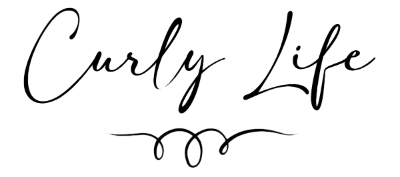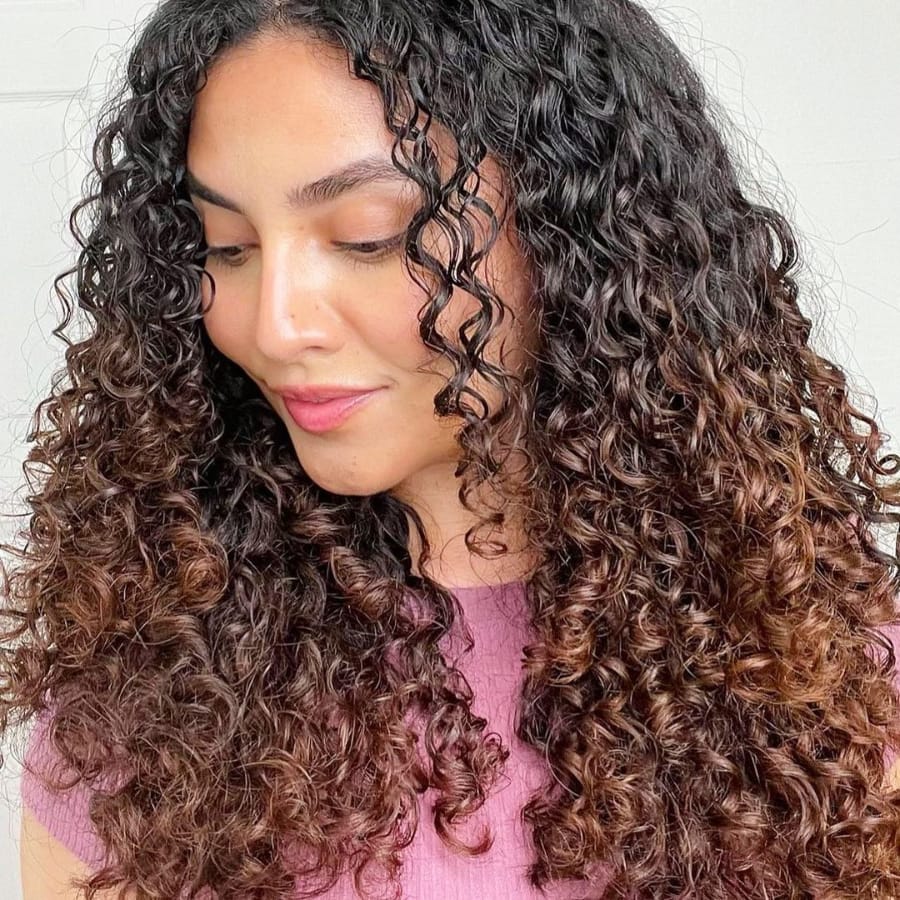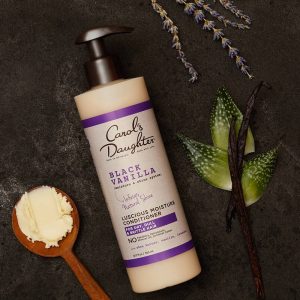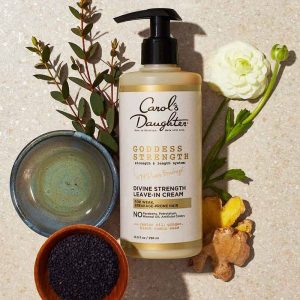Understanding your hair goes beyond just knowing your curl type. One of the key things that can help you choose the right hair products is knowing your hair porosity. You might be wondering, “What does that mean?”
Your hair porosity is influenced by factors like heat damage, chemical treatments, or coloring. If you’ve experienced any of these, you likely have high porosity hair. Now, let’s break down the different levels of porosity: low, normal, and high.
Test for Porosity
To find out your hair’s porosity, take a strand of hair and run your fingers up and down it. If it feels smooth and you can feel the thickness of the strand, you have low to medium porosity. But if you notice bumps or roughness, you likely have high porosity hair.
Low Porosity
Low porosity hair doesn’t absorb water, products, or color easily because the cuticles are tightly closed. This can lead to product buildup. You might notice that it takes a while for your hair to get thoroughly wet and even longer to dry after styling. To manage low porosity hair, warm showers can help open up the cuticles, making it easier to brush and detangle. People with low porosity hair are often sensitive to protein, so look for products with little to no protein.
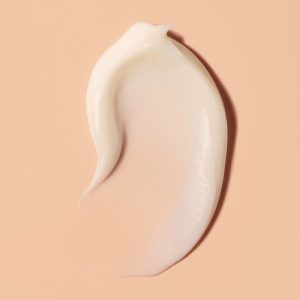
Normal/Medium Porosity
If your hair is virgin or only lightly colored, you probably have normal porosity. Your hair can handle most products without any issues and doesn’t take too long to dry. It enjoys a good balance of moisture and protein. Weekly deep conditioning treatments and a light leave-in conditioner as part of your styling routine can keep your hair looking and feeling its best.
High Porosity
If you’ve recently gotten highlights or lightened your hair several shades, your cuticles are likely very open, rough, and damaged due to the chemicals. High porosity hair gets wet quickly and dries fast as well. You might see more hair fall when washing, and your hair may break easily. To care for high porosity hair, you need protein to strengthen and reduce frizz. A leave-in conditioner is a must, along with other hydrating products. Regular deep conditioning treatments and frequent trims are crucial to maintaining your hair’s health and preventing breakage.
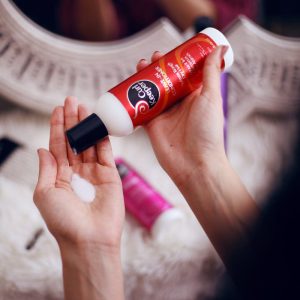
Understanding your hair porosity is a game-changer in your hair care routine. With this knowledge, you can choose products that will work best for your hair type, ensuring your curls stay healthy and beautiful.
